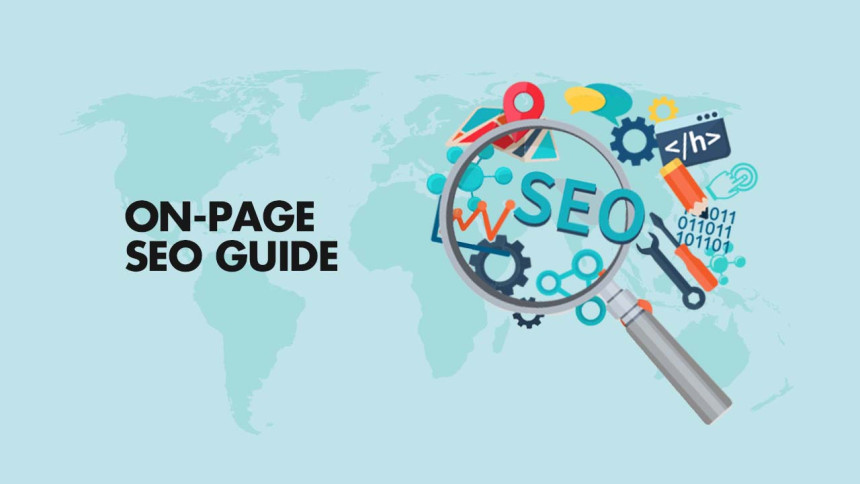
Hashtags
1 year ago
Hashtags
#what-is-this
What is Data Analytics?
Data analytics is the process of examining, cleaning, transforming, and interpreting data to discover meaningful insights, make informed decisions, and drive business strategies. It involves using various techniques and tools to analyze large volumes of data, both structured (e.g., databases, spreadsheets) and unstructured (e.g., text, images, videos).
Here are some key aspects of data analytics:
- Descriptive Analytics: This involves summarizing historical data to understand what has happened in the past. It includes basic statistical measures, visualizations, and reports to provide an overview of trends and patterns.
- Diagnostic Analytics: This goes a step further by exploring why certain events or trends occurred. It involves identifying the root causes behind specific outcomes or occurrences.
- Predictive Analytics: Predictive analytics uses statistical models and machine learning algorithms to forecast future events or trends based on historical data. It helps in making informed decisions about potential future outcomes.
- Prescriptive Analytics: This type of analysis not only predicts future outcomes but also suggests actions to optimize or improve those outcomes. It provides recommendations on what actions should be taken to achieve specific goals.
- Data Cleaning and Preparation: Before analysis can occur, raw data often needs to be cleaned and preprocessed to remove errors, outliers, and inconsistencies.
- Data Visualization: Data analytics often involves creating visual representations of data to aid in understanding and communication. This can include charts, graphs, dashboards, and other visualizations.
- Statistical Analysis: Statistical techniques are used to identify patterns, relationships, and correlations within the data. This can involve regression analysis, hypothesis testing, and more.
- Machine Learning: In advanced analytics, machine learning models are employed to make predictions or decisions based on data. This is particularly useful in predictive and prescriptive analytics.
- Business Intelligence (BI): This is a subset of data analytics that focuses on using data to support business decision-making. It often involves creating reports, dashboards, and data visualizations.
- Real-time Analytics: In some applications, data is analyzed as it is generated, allowing for immediate responses or actions based on incoming data streams.
Data analytics is widely used across various industries including finance, healthcare, marketing, retail, and more. It plays a crucial role in helping organizations gain insights into their operations, customer behavior, and market trends, ultimately leading to more informed and effective decision-making.





